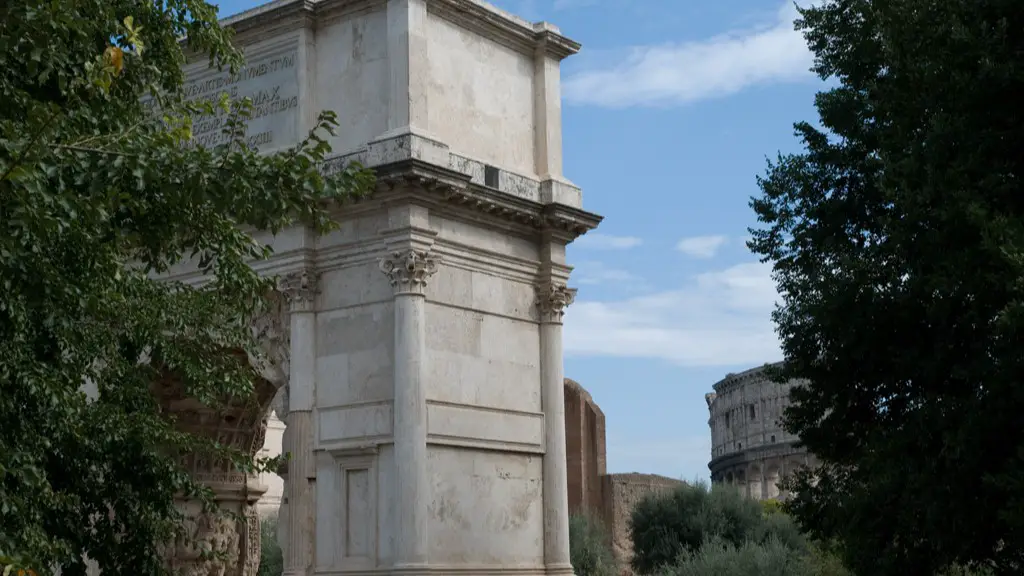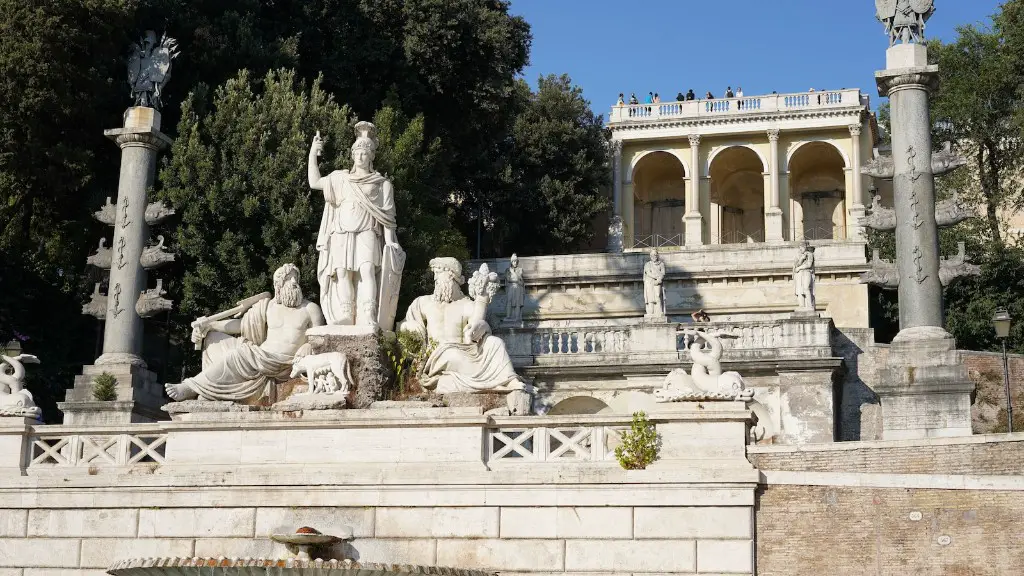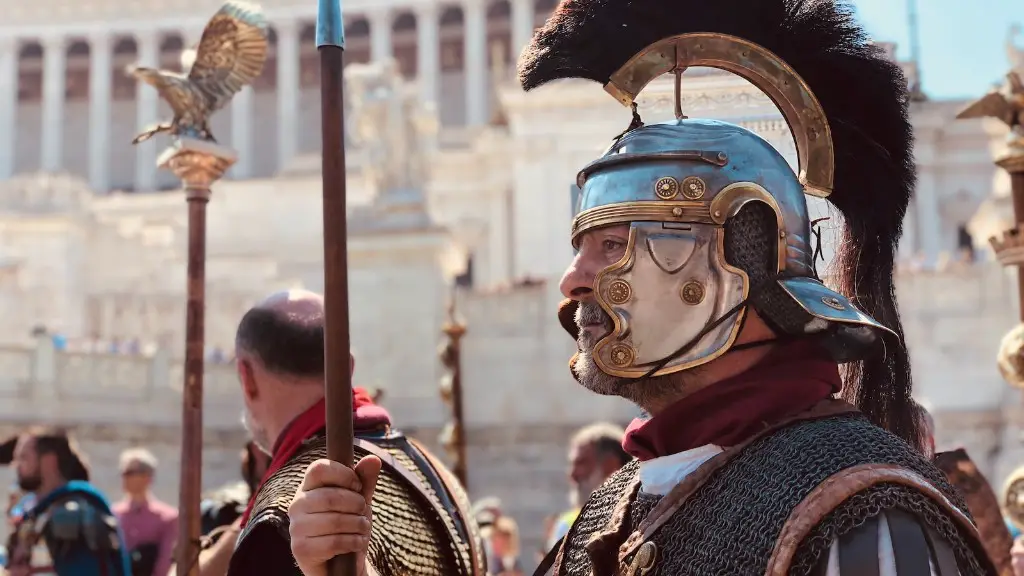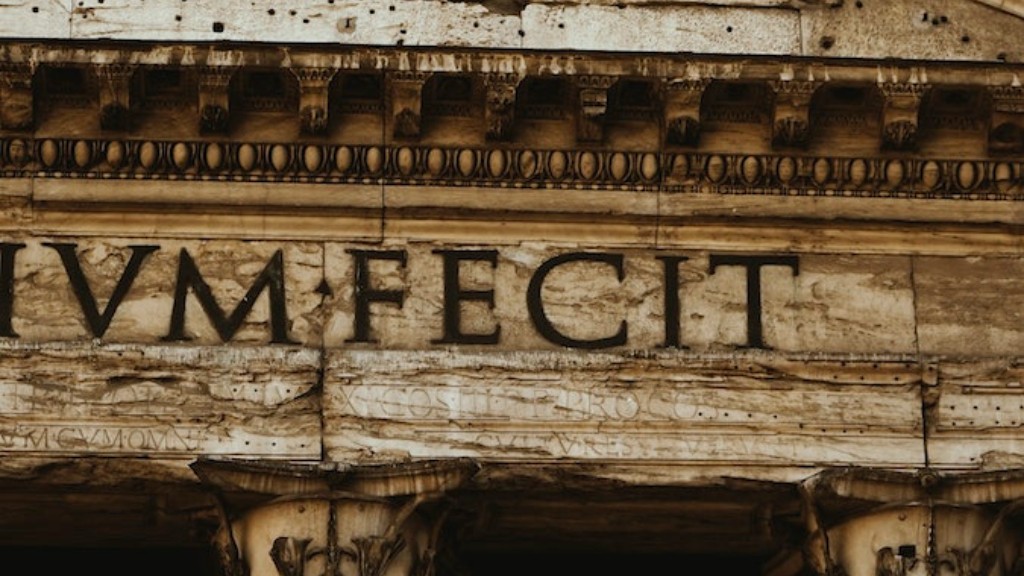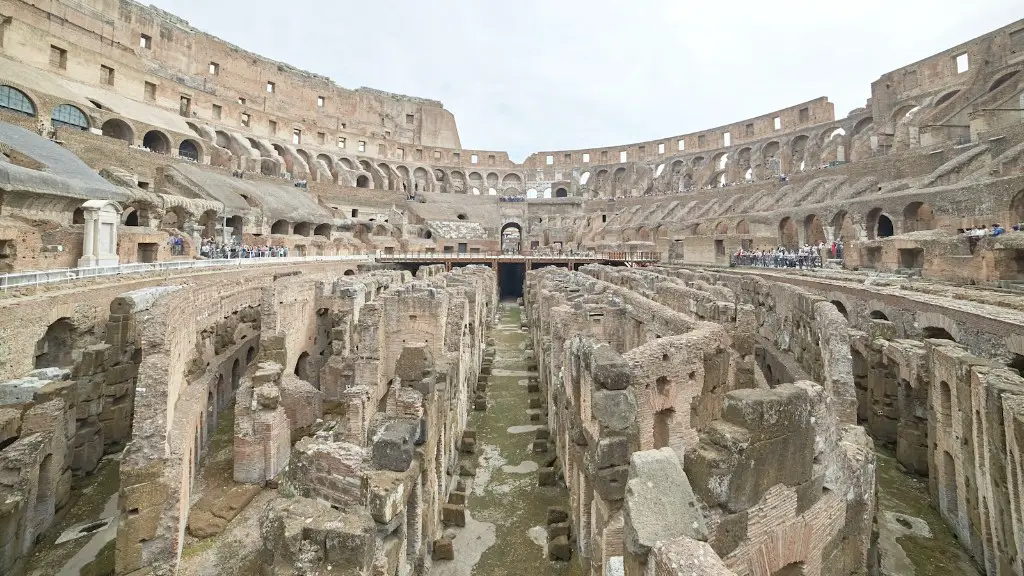Gladiators have been a staple of ancient Rome since their introduction in 264 BC. The Ancient Roman games of gladiatorial combat were fought by trained warrior-athletes, who had to pit their martial artistry against an equally trained opponent or, in some cases, an animal or beast. The Romans believed that the gladiators, who put their lives at stake in the arena, represented the epitome of stoic courage, strength, and skill. But who started the gladiatorial games?
Historical accounts suggest that gladiatorial games were first held by Etruscan kings and rulers in the 6th century BC, but the first known organized show of gladiator contests was recorded in Campania, Italy in 264 BC. Located on the outskirts of Rome, the city-state of Campania held organized events in which two to four gladiators faced off against each other and the Roman audience, greatly entertained by the spectacle, determined the victor.
According to expert opinion, gladiatorial combat was likely an offering to the gods by an affluent individual or family, rather than a political determination.
Roman society was highly stratified and the wealthy had something of an obligation to demonstrate their ‘generosity of spirit’ to the less fortunate. It has been argued that gladiatorial games were a form of organized philanthropy, allowing wealthy families much needed social currency.
The combat between gladiators was not just about blood-sport, it was about honour and prestige for the organizers. In the early days of gladiatorial contests, the educated and well-to-do privileged watched from iconic social points high above the stadium, able to assess the skill, bravery and poise of each individual gladiator.
Roman Emperor Julius Caesar, who reigned from 46 BC to 44 AD, was a passionate supporter of the games, and took an active hand in staging events. He is remembered as one of the most influential figures behind the rise in popularity of these ritualized shows. He banned the crueler gladiatorial games, insisting on more humane contests, and was willing to give huge rewards to participants. He was also known for organizing highly extravagant shows with hundreds of gladiators, and for arranging a banquet for them.
As the gladiatorial games slowly became more violent, more organized and more expensive, they emerged as a powerful tool of Roman propaganda. The organized events usually took place during important celebrations, and later were used as a way to demonstrate the power and strength of the Roman Empire.
Slave Gladiators
In the days of the Republic most gladiators were slaves, criminals, war captives or prisoners of war who had been condemned to a life of combat. As these circumstances gave rise to an even more chilling level of martial prowess from the gladiators, a class system began to develop, where young boys, trained in weapons and techniques, became the slave-gladiators of Rome. These young warriors were incredibly popular and widely respected for their courage and strength, earning them the nickname ‘Championi’.
In AD 65, Emperor Nero introduced a new ‘class’ of gladiator. These were slaves specifically purchased for their skill, who were trained and maintained by wealthy individuals or companies for their own amusement. This ‘class’ quickly came to dominate the arena, with some gladiators gaining celebrity status, becoming almost like modern day sports stars.
By the time of Emperor Domitian in the late 1st century AD, the popularity of gladiator games had grown and their rules had been codified. He also introduced a new rule that any person who became a championi could gain their freedom. This emboldened many more slaves and prisoners to risk it in the arena, in the hope of gaining their freedom.
Roman Gladiatorial Combat Across the Empire
The gladiatorial contests spread far and wide across the Roman Empire, with the largest and most organized arenas being found in Rome, Pompeii and other major cities. Emperors and governors subsidized these venues where gladiatorial games became a regular source of entertainment. Gladiatorial games were also held in temporary and permanent amphitheatres in various locations in Africa, including Algeria, Tunisia, Egypt and Libya.
In provinces and cities that were still actively hostile to Roman rule, gladiator contests were often used to acclimatise the population to Roman beliefs and ideals. Gladiatorial games were also held in many other parts of the Roman Empire, including Spain, the Balkans, and in Britain.
Every Roman general and emperor used the gladiator games to gain political favour and uphold their public image as benevolent rulers. Roman citizens who rose to wealth and power also used gladiators to gain stature, as they could hire out the best gladiators to be part of their own entourage.
As the popularity of gladiators exploded, all levels of society became participants. Gladiatorial contests became international news, described in detail on the Official Gazette, a popular newsletter disseminated throughout the Roman Empire. All the social classes from farmers to townspeople enjoyed watching the games, which served to distract them from taxes, economic worries and other harsh realities of life in the Roman Empire.
The End of Gladiators in Ancient Rome
Although gladiatorial contests had become increasingly popular over the centuries, by the 4th century AD, more and more members of the Roman elite began to distance themselves from the spectacle. Christian leaders argued that it was wrong to watch men risk their lives for entertainment, and began to actively oppose the games. In AD 404 the gladiator contests were declared illegal by Emperor Constantine, marking the end of the gladiator games in ancient Rome.
The influence of the gladiator games has lasted to this day, with countless stories, films and television based on the lives of these warriors. But while they have left an indelible mark in history they are also remembered as a symbol of brutality, violence, cruelty and tragedy. Few people remember that their origins lie in a show of unadulterated courage and skill.
Relevance of Gladiatorial Combat Today
Today, the practice of gladiatorial combat is much different than it was in ancient Rome. It is now used as a metaphor for conflict in modern society. The term ‘gladiator’ is often used to describe someone who is willing to take risks to protect the common good, while ‘juxtaposition’ has come to mean the placement of two objects or ideas in opposition to each other.
Although gladiatorial games in their purest form have been outlawed for centuries, physical activity that features elements of these once popular contests have been reinvented for modern audiences. MMA, for example, is an incredibly popular sport that features a range of disciplines that have been taken from ancient martial arts. Similarly, the modern-day gladiator movie has become a staple of Hollywood.
Despite its long history, the legacy of gladiatorial combat has been a source of fascination, horror and confusion since its emergence over two thousand years ago. Who started gladiators in ancient Rome may never be known, but it is clear to see how the influence of these fearless warriors can still be felt today.
Origin of Gladiator’s Weapons and Armour
The types of weapons and armour used by gladiators were often tailored to the particular battle they were getting into. For example, light weapons such as spears and swords were used by gladiators fighting each other, as opposed to heavy weapons and heavy armour used by gladiators fighting animals. This meant that gladiators had to have a wide range of weaponry and armour to prepare for various fights.
The weapons and armor used by the gladiators in ancient Rome came from the same sources that supplied the military. The weapons were often taken from the defeated peoples of Rome’s recently conquests, and any weapons deemed too powerful or dangerous for regular service were used for gladiator combat. Likewise, any armor or pieces of battle dress deemed effective and aesthetically pleasing was used in the arena. Many pieces of battle dress were custom-made for gladiators, as was often the case with spears, swords and bows.
As the gladiator games progressed, the technology and weaponry used to supply the combatants became more and more elaborate. This meant that the gladiators had to be adaptable, as the rules and criteria of their combat changed over time. As such, they had to be familiar with all kinds of weapons and armour.
The weapons and armour used by gladiators in ancient Rome reflected the technological advancement of that era, and the rules of gladiator combat evolved in tandem with the on-going technological advancements. This meant that gladiators were not only adept at combat and wearing the necessary armour, but also in understanding the changing nature of the battlefield.
Growth of the Gladiator Games in Popular Culture
Modern popular culture has become highly influenced by the ancient gladiatorial games. It is the subject of countless films, television shows, books, and video games, where the exciting and violent action of the arena is recreated in vivid detail. The iconic image of a gladiator, with a sword and shield, has remained largely unchanged since the days of ancient Rome.
Perhaps the best known example of the gladiatorial games in popular culture is the Russell Crowe-led movie Gladiator. The film is an epic adventure that follows the story of a former general, Maximus Decimus Meridius, as he rises to the throne of the Roman Empire through his success as a gladiator. The movie also features numerous gladiatorial battles, giving viewers an up-close and personal look at the sport.
The Gladiator franchise, featuring a variety of films, video games, and other media, has gained a passionate following due to its accurate representation of ancient Rome and its historic gladiator games. It has become the go-to source for those looking to learn about the history, importance, and legacy of this iconic form of combat.
The overwhelming popularity of gladiator-themed films and media also reflects a global fascination with the power and courage of these ancient warriors. The gladiators of ancient Rome remain an inspiring and romanticized figure of strength and resilience, an example of humanity’s unyielding spirit.
The Ongoing Impact of Ancient Rome’s Gladiators
The ancient gladiator games have played an important role in the formation of modern sporting and entertainment events. These events can be seen as a testament to the power of the human spirit to overcome tremendous physical and mental adversity. The lessons learned from gladiator combat have been applied to sports, martial arts and political battles.
The iconic image of a gladiator in his armor, shield and weapon is a reminder of the courage, strength and determination of the Warriors of Rome. The spirit and legacy of these warriors lives on in modern society, inspiring generations to risk everything to fight for what they believe in.
The influence of the gladiators of ancient Rome can still be felt today, as modern sporting events and entertainment are informed by their legacy and still hold lessons for the present day. Gladiatorial combat has demonstrated that the human capacity for courage and resilience continues to amaze us, and the lasting legacy of these warriors will continue to shape our understanding of what it takes to be a winner.
